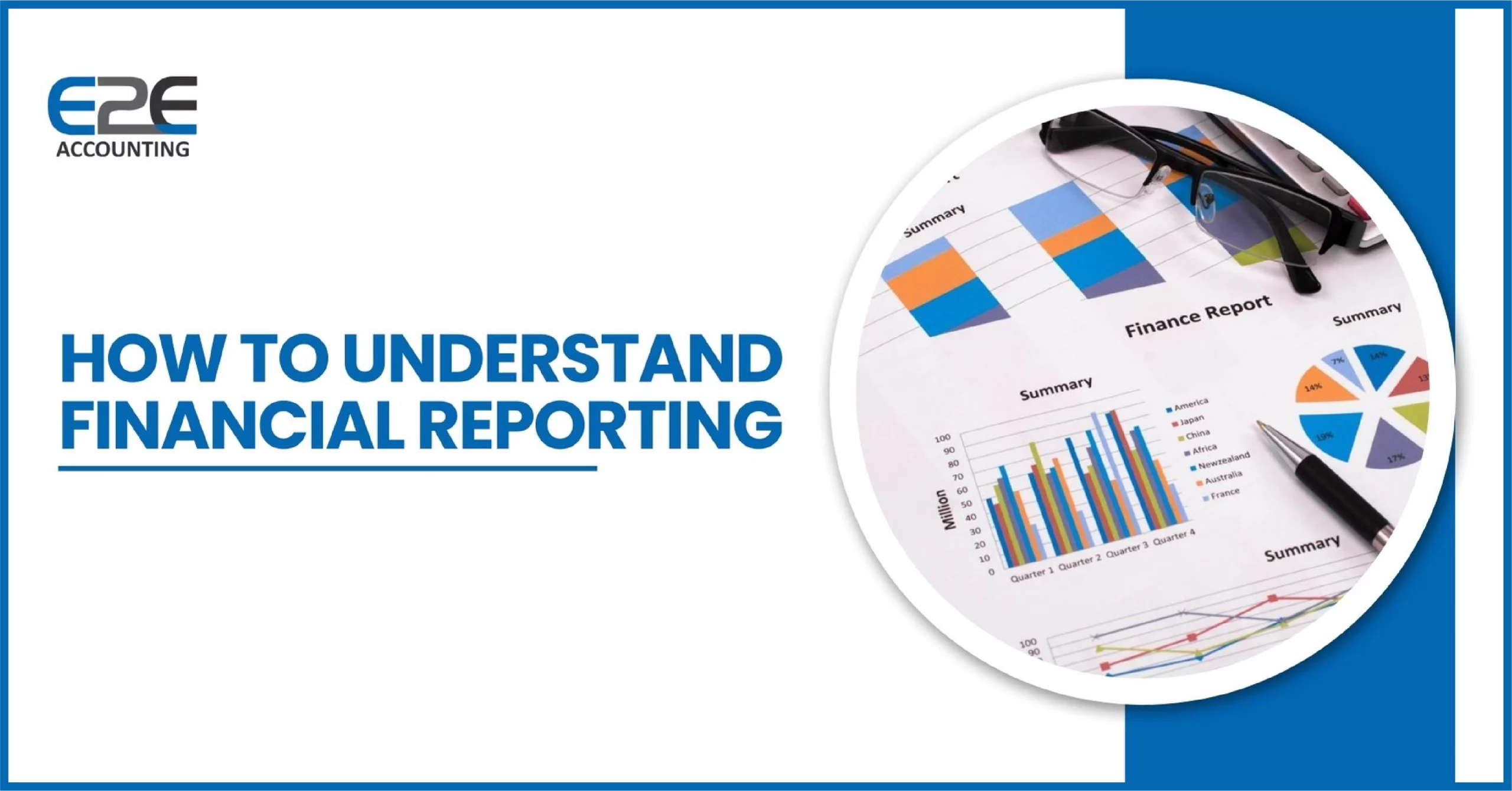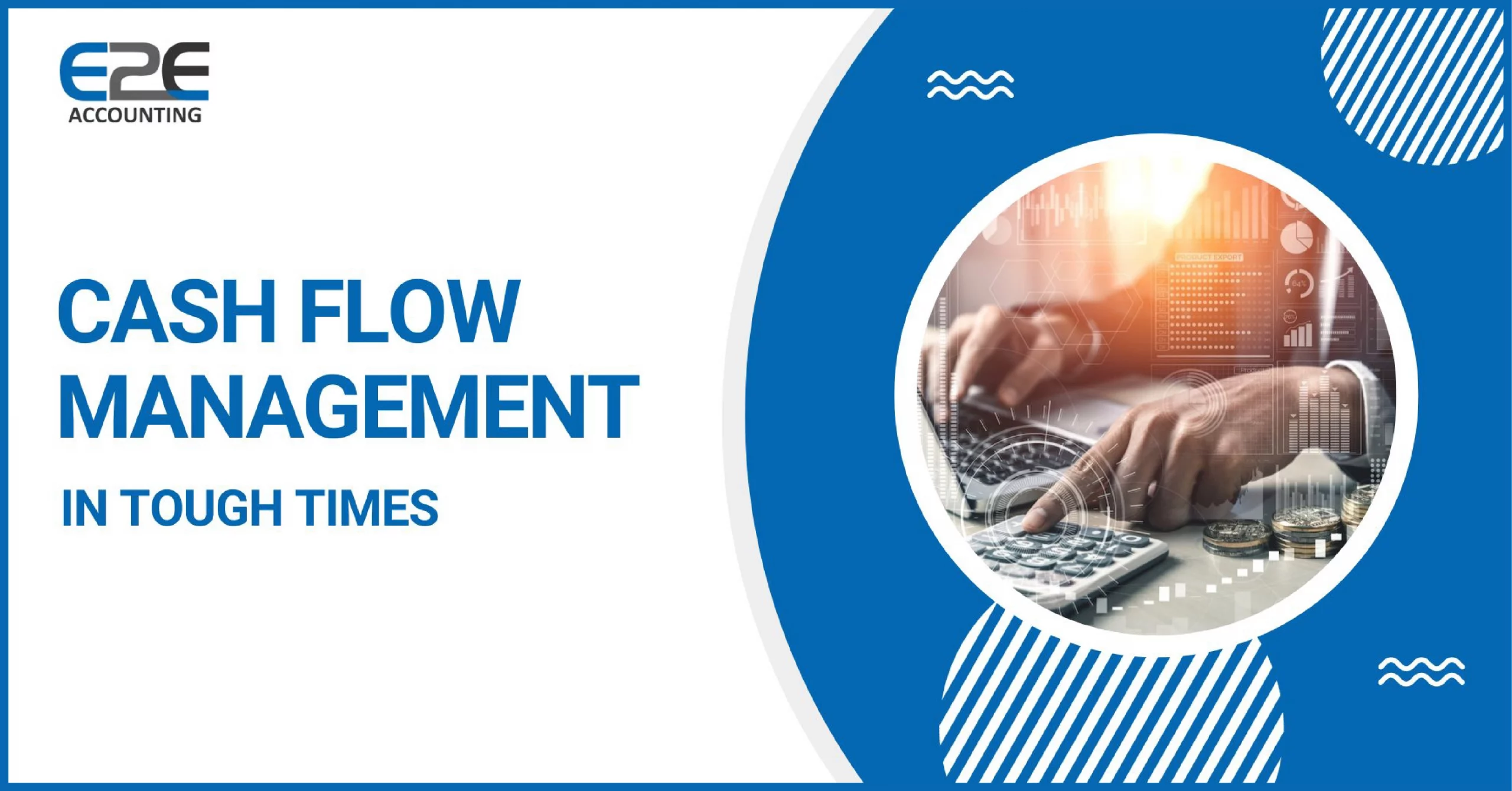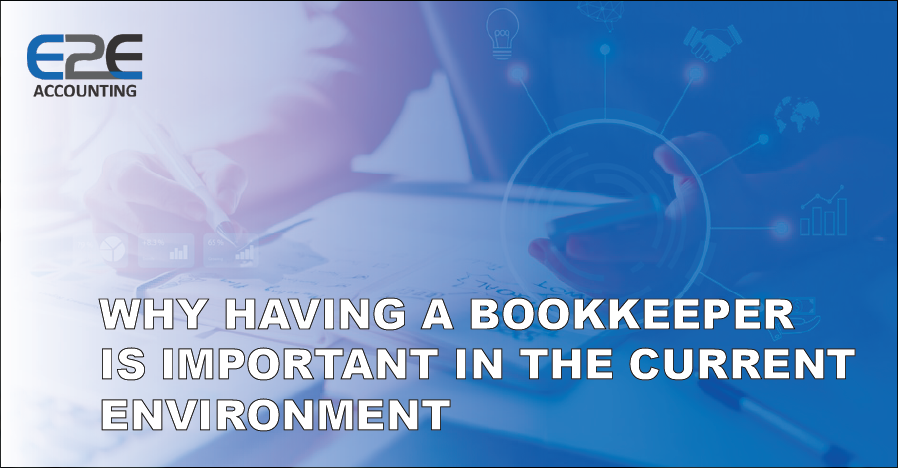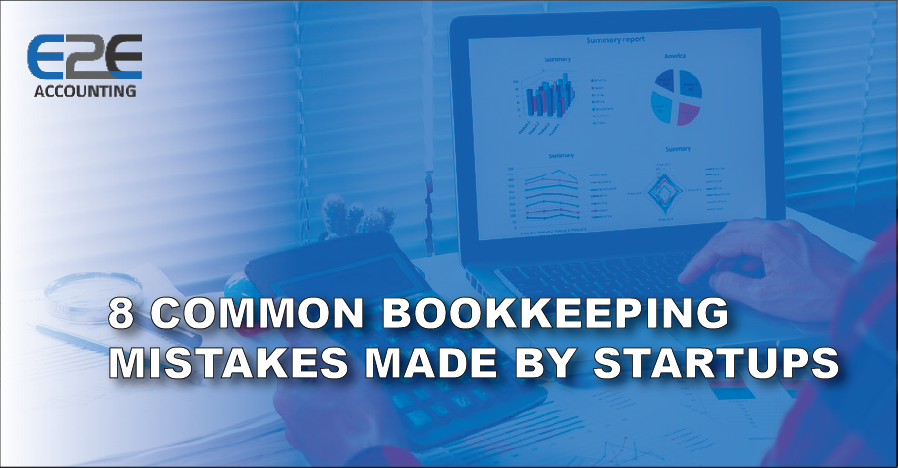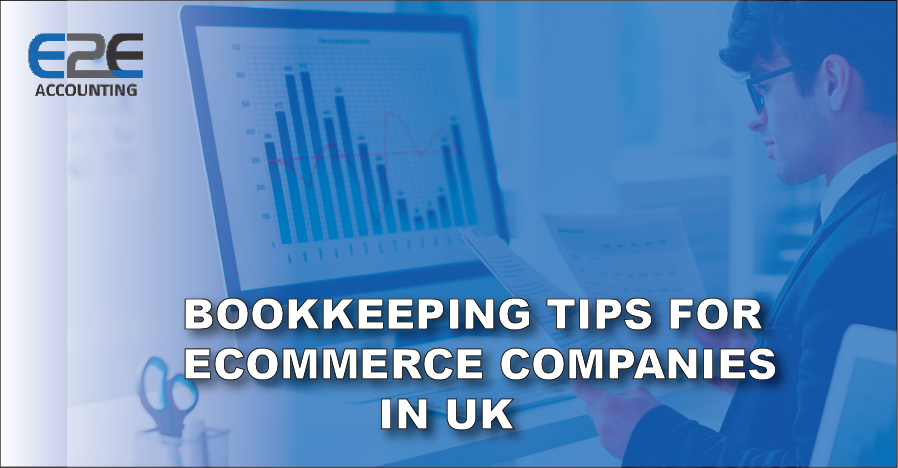One of the most essential skills any business owner, be it an investor, entrepreneur, or even manager, must possess is reading the company’s financial health. This knowledge not only helps the investors benefit from promising business opportunities but also avoids any undue risks. For professionals, entrepreneurs, or managers, analysis of financial reports helps them make strategic business decisions for the growth and success of the business.
Reading, understanding & doing analysis on financial reporting is a piece of cake for any accountant or financial professional; however, for those new to the financial world, these documents and terms are no less than jargon!
But the great news here is that with some basic knowledge and understanding, anyone can learn how to read, understand, and analyze these financial reports like a pro! This blog will help you gain this understanding.
Understanding Financial Reports
Financial Reports or financial statements are the primary tools that help ascertain the company’s financial health by providing an overview of the business’s assets, liabilities, expenses, revenue & equities.
The foundation of financial reporting is based on financial statements like balance sheets, profit & loss accounts (aka income statements), cash flow statements & statements of change in equity. These statements are the key to any financial reporting as they provide a snapshot of the health & performance of the company.
Balance Sheet
A balance sheet summarizes an organization’s assets, liabilities, and equity at a point in time. It provides insight into the overall financial position of the company’s assets (owned by the company) versus its liabilities (owed by the company) & owner’s equity (owner’s contribution or the amount invested by the shareholders). Equity represents the residual interest in assets after deducting all liabilities. The balance sheet standalone will not provide you with the entire information; it is necessary to examine the other financial reports to comprehend the company’s financial health.
Profit & Loss
The profit & loss account, or the income statement, summarises the details of the gains, losses, expenses, & revenues of the activities performed by the business during a specific period. It helps to determine whether your business is profitable or not. By monitoring trends over time via comparative reports, you can see if your company has grown its net income consistently throughout different periods.
Cash flow statement
The cash flow statement provides us with a picture of the inflow & outflow of the cash within the business during a particular period. This statement is crucial for monitoring liquidity to prevent you from running out of money when needed! The three key sections of the cash flow statements are (1) cash flow from investments, (2) cash flow from financial activities & (3) cash flow from operating activities.
Statement of Changes In Equity
Statement Of Changes In Equity helps track any changes made to shareholder’s equity over the period due to various transactions such as dividends paid out or new shares issued.
How to read financial reports
Every financial report will provide you with a different insight into the company’s financial state. Understanding these financial reports can help you make better decisions about investments or opportunities for growth.
The first step of reading a financial report is identifying the different types of financial statements, like Balance Sheet, Profit and loss Account, and Cash Flow Statement. These statements provide specific information about the company’s assets, liabilities, income, and expenses.
But while reviewing all these statements, it is essential to look at trends over time rather than just one isolated snapshot. So, comparing current results with the previous year’s or quarter’s results is a must. It will show you whether the company has been growing or plunging.
Yet another critical aspect while reading a financial report is to analyze the ratios derived from the data presented. Financial ratios will provide insight into the company’s liquidity, profitability, and operational efficiency. It will also offer valuable information about how well a business performs financially.
By efficiently dissecting every element in the financial reports, you will gain adequate knowledge of which areas you must focus on while looking at your company’s finances.
If you are still stuck in understanding and reading your company’s financial reports, E2E Accounting can help you interpret complex accounting concepts presented on financial reports efficiently.
Conclusion
Understanding and reviewing these financial reports might seem challenging. Yet learning to read and interpret these financial reports with adequate knowledge and tools will help you gain valuable insights into any company’s financial health.
You can gain valuable insight into a company’s finances by familiarizing yourself with different financial statements, like balance sheets, profit & loss accounts, and understanding:
- Whether the company is in debt or able to clear all its liabilities.
- What are the current profits for the company?
- Whether the profits are increasing or decreasing.
- What are the levels of investments within the company?
- Is the company’s operational expenses within control as compared to its revenue?
The financial ratios can also help you analyze a company’s profitability, liquidity, and overall health, and by reading cash flow statements, you’ll be able to see where money is coming in and going out of a business.
If you want to gain in-depth knowledge on making financial decisions and understanding the company’s financial health, E2E Accounting can help you provide this knowledge and expertise. By outsourcing your accounting needs to E2E Accounting, you can be assured that all your financial reporting is accurate while freeing time for other essential tasks!

